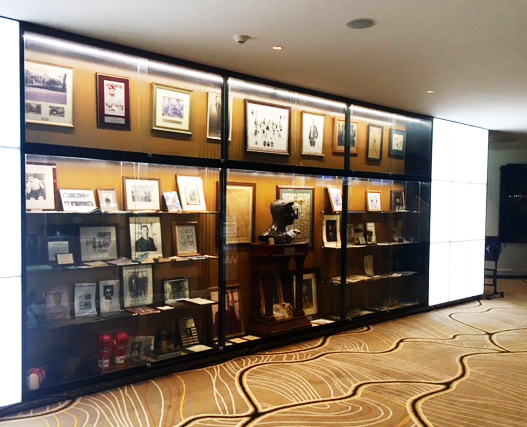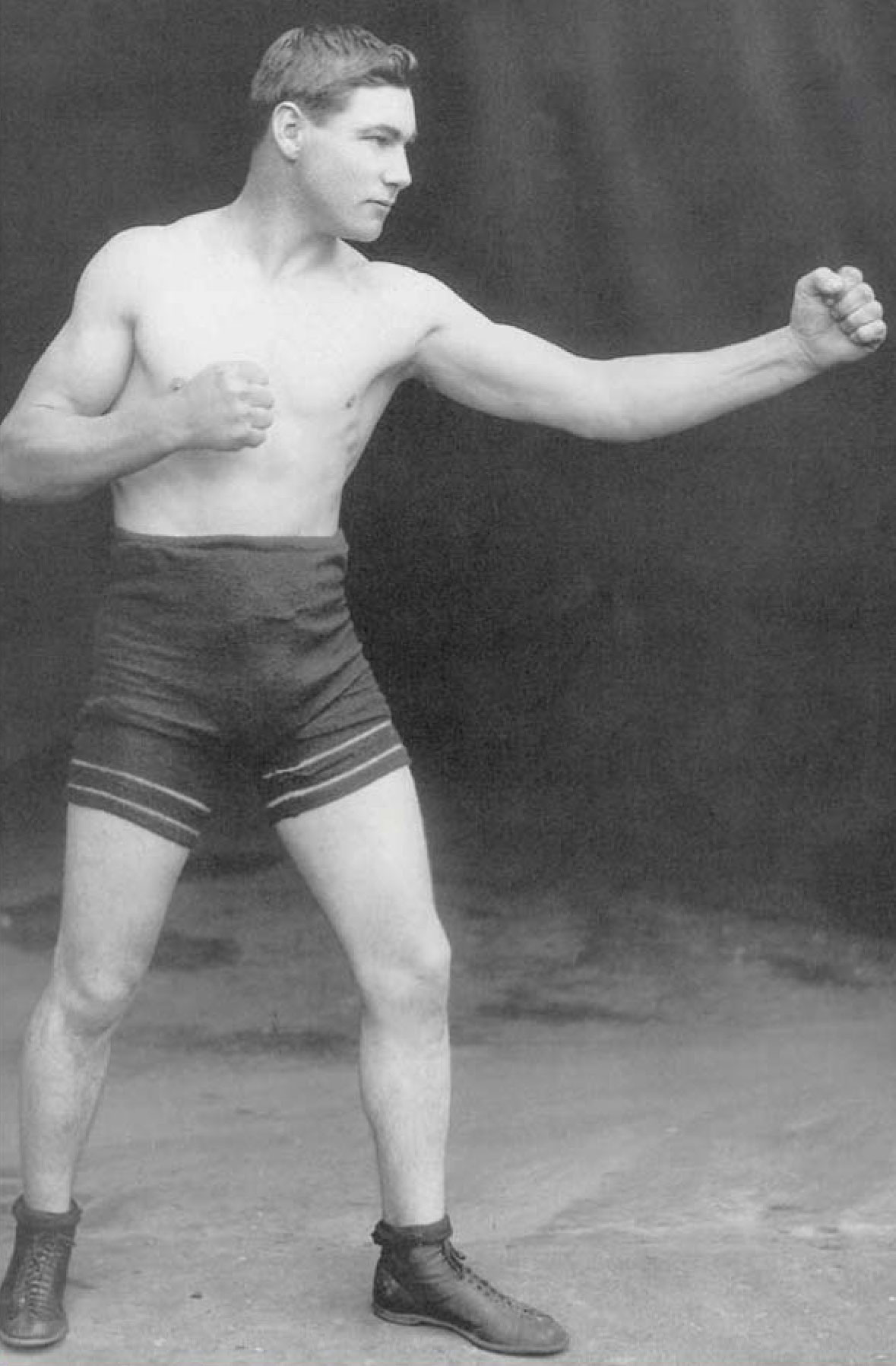Les Darcy - the Maitland Wonder!
Les Darcy was a famous Australian Boxer whose passed away in 1917 at the early age of 21, having already established an extraordinary boxing career. East Maitland Bowling Club is the proud custodian of a precious collection of Les Darcy memorabilia, kept on display within the Club located at Banks St, East Maitland NSW.
A video about the life and times of Les Darcy can be viewed here.
Centennial Celebration
East Maitland Bowling Club along with the Lions Club of Maitland proudly hosted a community commemorative event to mark the centenary of Les Darcy's passing on 24th May 2017. It was held at the site of O'Neills Tyres, 61 Melbourne Street, East Maitland followed by a gathering at East Maitland Park adjacent to East Maitland Bowling Club, cnr Banks St and New England Highway, East Maitland.
The ceremony was recorded by "The Maitland Mercury" and can be viewed here.
About Les Darcy
James Leslie "Les" Darcy was born into poverty in 1895 in a hut on a property called ‘Stradbroke’ near Woodville where his father worked as a labourer. By the age of four his family moved to work on a dairy farm at Oakhampton. Les attended Oakhampton Public School helping with the milking before and after school. By the age of 12 he could read and write so he left school for work as a farm labourer giving his earnings to his mother.
By the age of 14 Les was participating in friendly boxing matches around Thornton and Newcastle. His sparring partners were Les Fletcher, Arthur Howarth and an Aboriginal boy Matt Ross. The family had moved to a rented cottage in Pitnacree, East Maitland, due to his father’s failing health.
At age 15 Les was apprenticed to Mr Ford, a blacksmith in Melbourne Street, East Maitland. With his father unemployed and his elder brother partly crippled, Les assumed the responsibility of providing for his parents and younger brothers and sisters. There were eventually 12 children in the family.
Les had an extraordinary physique. His muscular body was said to be impervious to heavy blows with a reach of 7 inches (18cm) greater than his height of 5ft 7ins (170cm). He neither drank nor smoked attending mass at Saint Joseph’s East Maitland almost daily with the Priest Reverend Joseph Coady being one of his best friends.
His performances caught the eye of Sydney promoter R. L. (Snowy) Baker. He soon became the Sydney Stadium’s leading draw card.
He boxed his way to fame winning 40 out of 44 majors. He had earned enough money to build his family a lovely home. His last fight in Sydney was a victory against George Chip from the USA. In this fight he lost his 2 front teeth. They were then set on pivots, the procedure causing an infection.
Les was by now the Middleweight Champion of the World. He said he would like 4 or 5 fights in America to earn enough money to make his family financially secure. However with Australia involved in World War I, passports were being refused to all men of military age and conscription was to be introduced.
On Friday 27th October 1916 on the eve of his 21st birthday Les and his friend E. T. O’Sullivan stowed away on a cargo ship out of Newcastle with plans for his manager Hawkins to follow. Arriving in New York he met a hostile press branding him a deserter. He was unable to get a single fight.
On 5th April 1917, he took out United States Citizenship, volunteering for War Service. His USA call-up was deferred so that at last he could train for a fight in Tennessee. On April 27th he collapsed, being admitted to hospital with septicaemia and endocarditis; his infected tonsils were removed but he developed pneumonia and died on 24th May 1917; his fiancé Winnie O’Sullivan was at his death bed.
After huge funeral processions in San Francisco and Sydney, his body was buried in the Catholic section of East Maitland Cemetery after a Requiem Mass at St Joseph’s. It was estimated 100,000 people attended.
So powerful a legend did Les Darcy become, that 50 years after his death, flags flew at half-mast and a memorial at his birth place was unveiled by Sir William McKell, former Governor-General.
He had lost only 4 professional fights and was never knocked out. Les was an example to every boy in fidelity to his religion and his mother.
References
Darcy James Leslie (Les) by W G McMinn
Australian Dictionary of Biography
Les Darcy by Raymond Swanick
East Maitland Bowling Club member Robbie Reid was instrumental in the restoration of a Les Darcy Memorabilia display seen in the Neville Searl Lounge of East Maitland Bowling Club. As Chairman of the Les Darcy Committee he raised money for a bronze statue in the park adjacent to the Club and for the restoration of Darcy’s grave.


East Maitland Bowling Club is the proud custodian of a fascinating range of Les Darcy Memorabilia. Located on Banks Street, East Maitland, visitors are welcome.